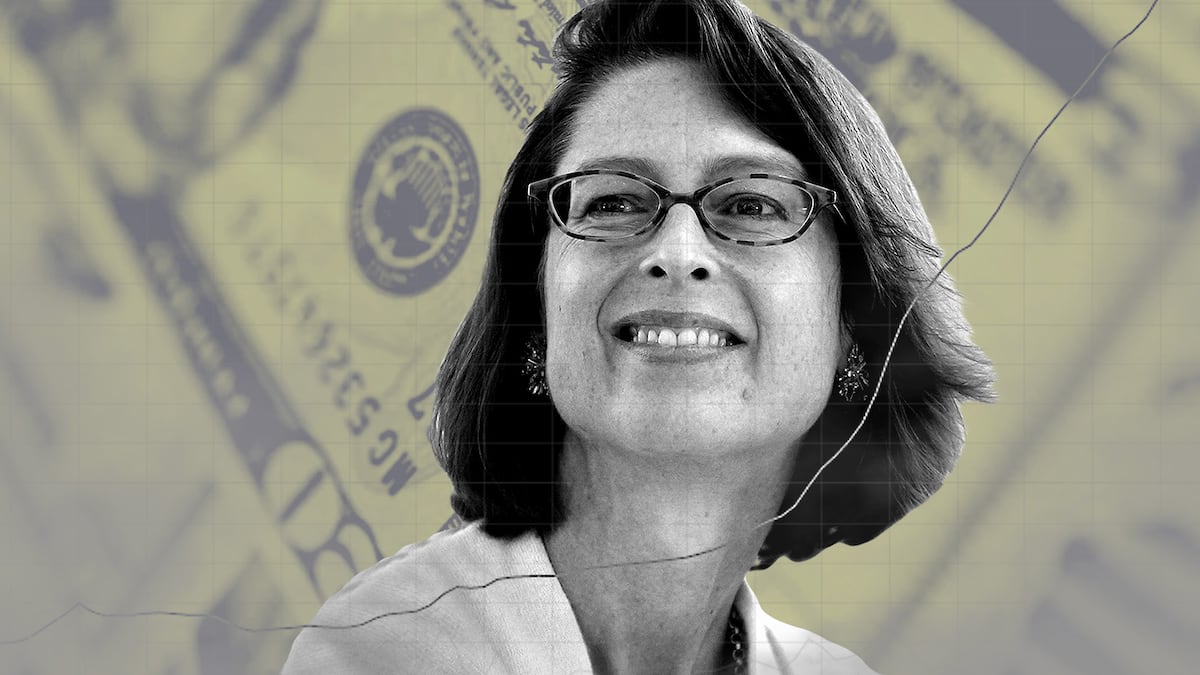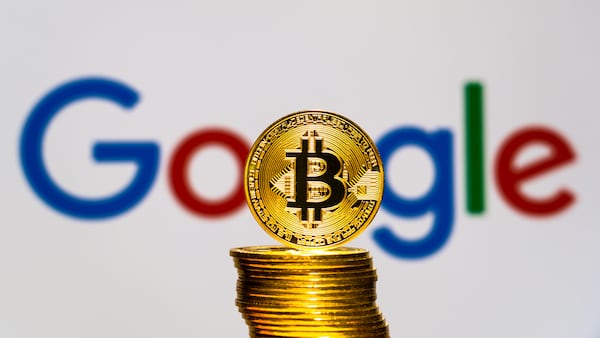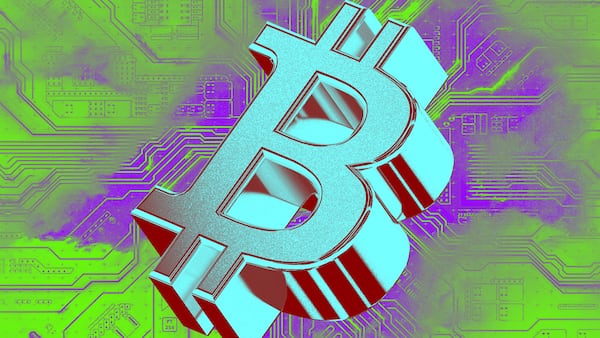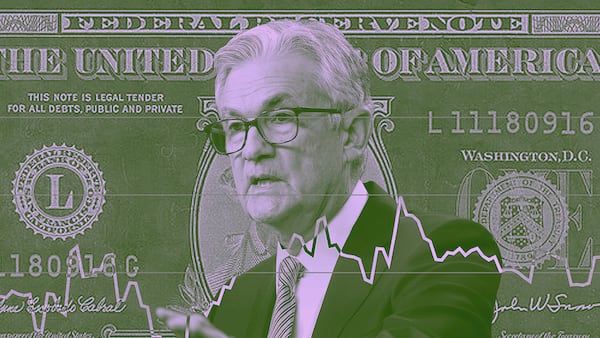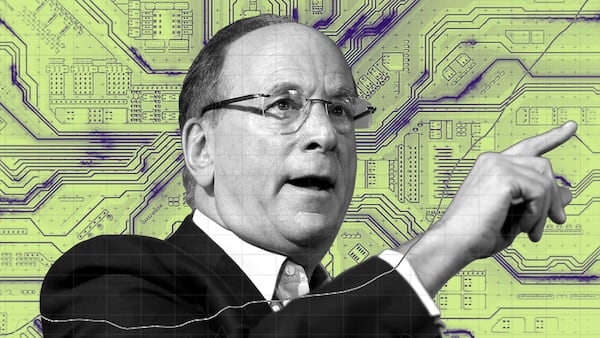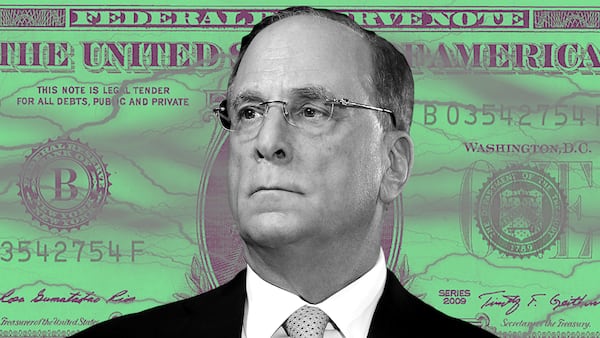- Pension plans are starting to think about investing in crypto assets.
- The rise of spot Bitcoin ETFs may accelerate that process.
Pension plans are warming to the idea of investing in crypto assets — but very slowly.
Defined benefit plans and other pension funds “are only starting to talk to their investment committees” about crypto assets, Manuel Nordeste, vice president at Fidelity Digital Assets, said Wednesday during an event in London.
Small-scale but sophisticated investors like family offices and high-net-worth individuals are more likely to be buying into crypto, he said.
Nordeste said that when his own business was starting out — Fidelity Digital Assets was founded in 2018 — it saw “family offices, small specialised asset managers, and hedge funds, and then the big blue-chip hedge funds.”
“Now, we’re starting to have conversations with the larger, real money institutional investor types, and we’re getting some of those clients, as well as corporates and so on,” he said.
According to a survey Fidelity Digital Assets conducted of the broader market, 80% of high net worth individuals viewed digital assets positively, compared to 23% of pension plans. And 48% of those individuals were invested in digital assets, while just 7% of pension plans were.
Smaller firms can be more agile and take more risks, because “they have either no investment mandate or easy-to-navigate investment mandates,” Nordeste said.
That’s “versus a pension where it’s going to take a really long time and need to be in a certain place to be in the market.”
Fidelity rival BlackRock said on Thursday that it expects to see institutions, including pension funds, start trading the Bitcoin spot market through the exchange-traded fund products that were approved by the US Securities and Exchange Commission in January.
Spot Bitcoin ETFs — which both BlackRock and Fidelity offer — offer a more accessible onramp into Bitcoin than regular crypto exchanges.
And because they’re familiar investment products, they may soothe pensioners’ worries.
In February, lawmakers in Arizona put forward a resolution that encourages state pension plans to “monitor Bitcoin ETFs and other digital asset ETFs and consider including a digital asset ETF in their investment portfolios.”
America’s public pensions represent a tantalising source of inflows for any asset.
According to figures from think tank the Urban Institute, the retirement savings of America’s teachers and firefighters totaled $4.7 trillion in 2023.
Most of that — 71% — is allocated to equities, and 21% to debt.
Pensions funds could generate “a constant uptake of physical coins,” Darius Tabai, a former global head of metals trading at Merril Lynch and Credit Suisse, told DL News.
Although a 2022 survey showed that 94% of public pension plans had some exposure to crypto, America’s retirees were mostly unscathed by 2023′s bear run.
Cautious pensions
Pension funds have conservative strategies — they’re guarding the life savings of future retirees, after all.
Firms worry about the risks associated with a novel and highly volatile set of assets that occupy an uncertain place in the eyes of regulators.
Risk abounds in traditional assets, too, but there it’s mitigated by a trusted network of intermediaries, such as custodian banks and prime brokers.
While that kind of infrastructure is emerging for crypto assets, it’s nascent, asset managers say.
That’s where products like the Bitcoin ETF could provide an easier option for investors.
Reach out to the author at joanna@dlnews.com.


